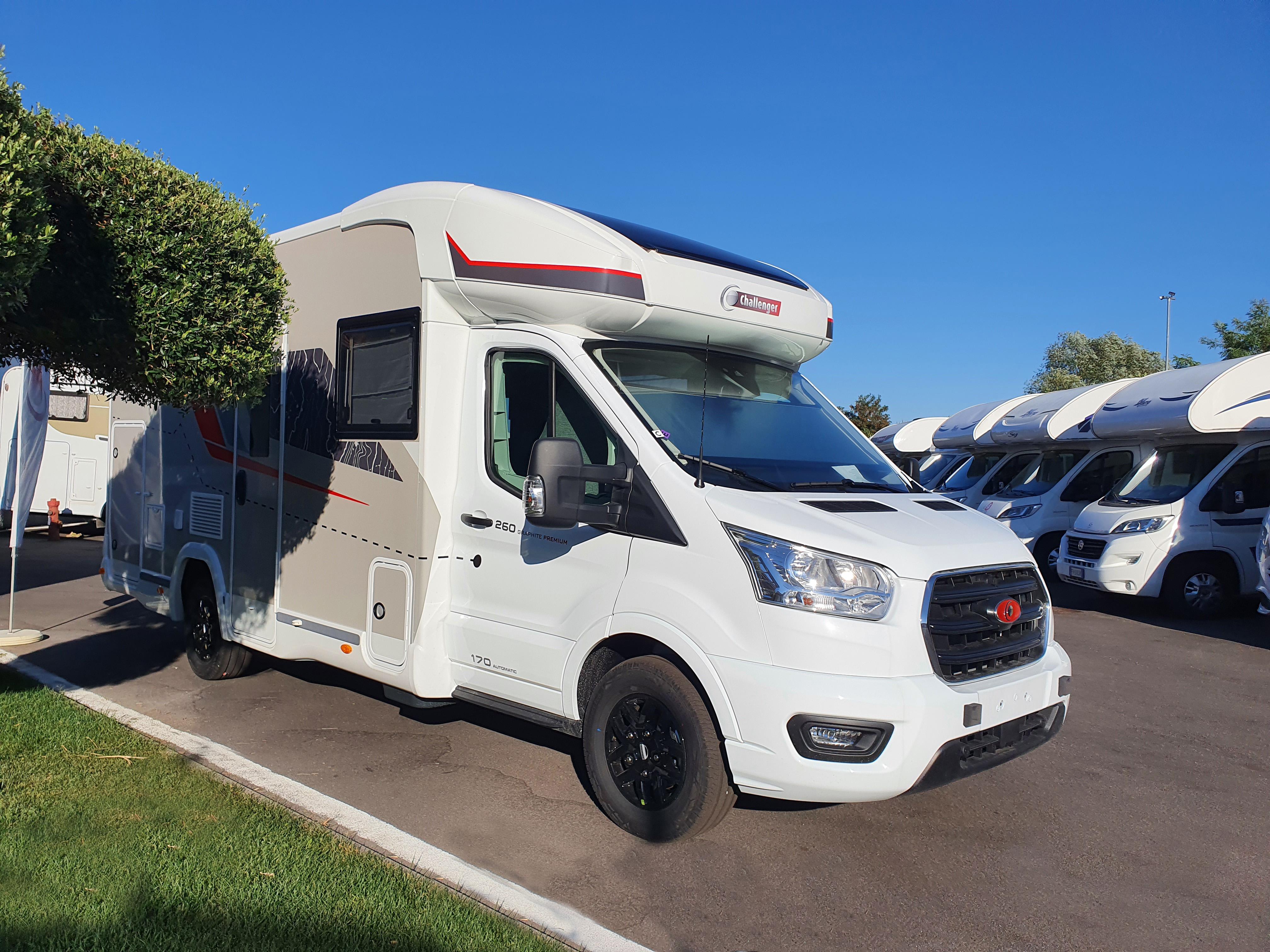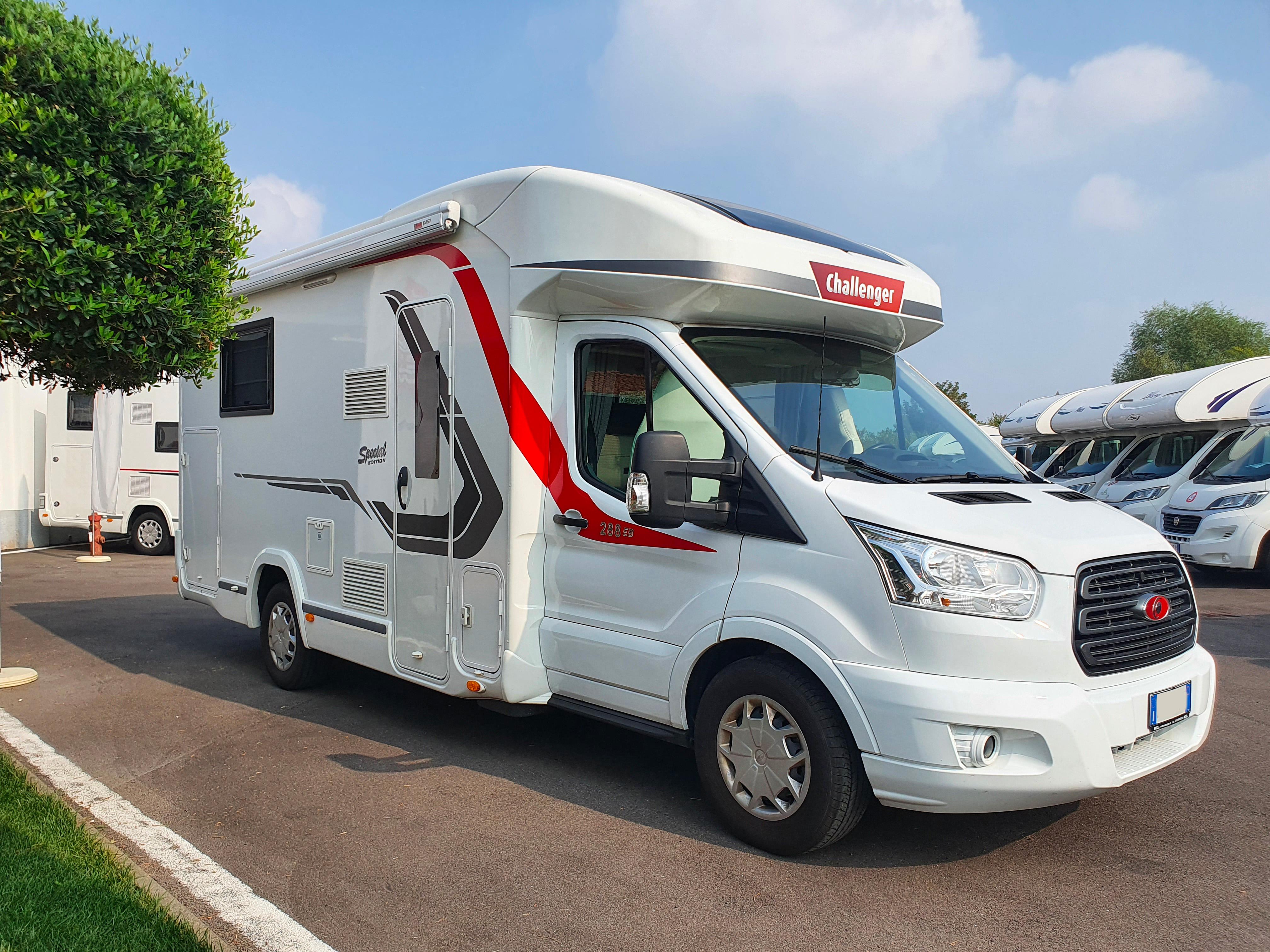Installing electric stabilizer jacks can significantly enhance the stability and safety of your RV or trailer. These jacks provide an easier way to level your vehicle on uneven terrain and reduce the stress on your vehicle’s suspension during long stays. However, the installation process can be daunting without proper guidance. This article presents a comprehensive guide to installing electric stabilizer jacks, complete with tips and considerations to ensure a successful setup.
Understanding Electric Stabilizer Jacks

Before diving into the installation process, it’s essential to understand what electric stabilizer jacks are and how they function. Electric stabilizer jacks are mechanical devices that can be extended and retracted using an electric motor. They are typically used in recreational vehicles (RVs), trailers, and fifth wheels to stabilize the unit when parked. Their primary benefits include:
- Ease of Use: Unlike manual jacks, electric jacks require minimal effort to deploy and retract.
- Improved Stability: They provide a sturdy foundation, minimizing swaying and bouncing.
- Time Efficiency: Electric jacks can be deployed quickly, saving valuable time during setup.
Tools and Materials Needed

Before starting the installation, gather all necessary tools and materials. Having everything on hand will streamline the process and prevent unnecessary delays. Below is a list of items you will need:
- Electric stabilizer jack kit
- Drill and drill bits
- Wrenches and sockets
- Tape measure
- Level
- Screwdriver set
- Safety goggles
- Electrical connectors and wire (if not included)
Step-by-Step Installation Guide
Step 1: Planning the Installation Location
Selecting the right location for your electric stabilizer jacks is crucial. Here are some tips to consider:
- Identify the ideal mounting points on your RV or trailer’s frame.
- Ensure the jacks are positioned near the rear and front for optimal stabilization.
- Consult your vehicle’s owner manual for specific recommendations on jack placement.
Step 2: Preparing the Mounting Area

Once you’ve identified the locations, it’s time to prepare the mounting area:
- Clear any debris or obstructions from the mounting sites.
- Check for existing wiring or plumbing that may interfere with installation.
- Use a level to ensure the mounting surface is even.
Step 3: Marking and Drilling Holes

With the area prepared, you can begin marking and drilling:
- Position the jacks at the marked locations and use a pencil to outline the mounting holes.
- Double-check the alignment with a level to avoid any misalignment.
- Using an appropriate drill bit, drill holes into the frame for the mounting screws.
Step 4: Mounting the Jacks
Now it’s time to attach the jacks:
- Align the jacks with the drilled holes and insert the mounting screws.
- Use a wrench or socket to tighten the screws securely, ensuring a snug fit.
- Repeat this process for each jack you are installing.
Step 5: Wiring the Electric Jacks

Wiring is a critical part of the installation process. Follow these steps to wire your electric stabilizer jacks:
- Refer to the manufacturer’s wiring diagram for guidance.
- Connect the wires from the jacks to the vehicle’s power supply, ensuring proper polarity.
- Use electrical connectors to secure the connections and insulate them with electrical tape.
- Test the connections with a multimeter to ensure they are functioning correctly.
Step 6: Testing the Installation
After installation, it’s essential to test the jacks:
- Power on the jacks using the switch or remote provided.
- Extend and retract each jack to ensure they operate smoothly.
- Check for any unusual noises or resistance, indicating potential issues.
Common Pitfalls to Avoid
During the installation process, it’s easy to make mistakes that can lead to operational issues later. Here are some common pitfalls to avoid:
- Incorrect Measurements: Always double-check your measurements before drilling.
- Poor Wiring Connections: Ensure all connections are secure and insulated to prevent electrical shorts.
- Forgetting to Level: Remember that the RV should be level before deploying the jacks to ensure proper stabilization.
Maintenance Tips for Electric Stabilizer Jacks

Once your electric stabilizer jacks are installed, proper maintenance will ensure they continue to function effectively:
- Regularly check for loose bolts and screws.
- Lubricate moving parts as recommended by the manufacturer.
- Inspect electrical connections periodically for wear and corrosion.
Installing electric stabilizer jacks can greatly improve the stability and comfort of your RV or trailer, making your outdoor adventures more enjoyable. By following this step-by-step guide, you can confidently install your jacks while avoiding common pitfalls. Remember to plan carefully, prepare your mounting area, and test the installation diligently. With the right tools and knowledge, you’ll have a stable and secure setup that enhances your camping experience.
In summary, the key takeaways for a successful installation include:
- Understand the functionality and benefits of electric stabilizer jacks.
- Gather all necessary tools and materials before starting the installation.
- Carefully plan and prepare the installation area for optimal results.
- Avoid common mistakes and perform regular maintenance for longevity.
By following these guidelines, you’ll ensure a successful installation that allows you to enjoy your outdoor experiences with peace of mind.